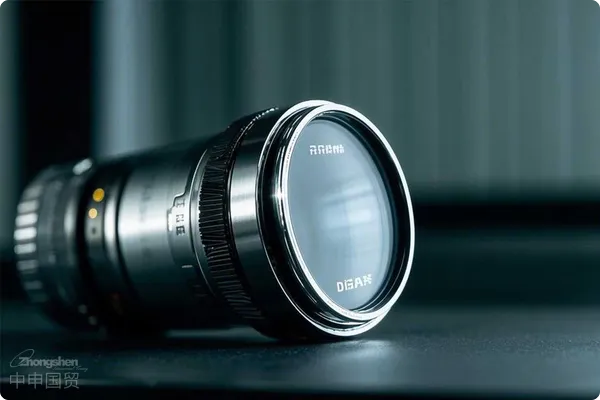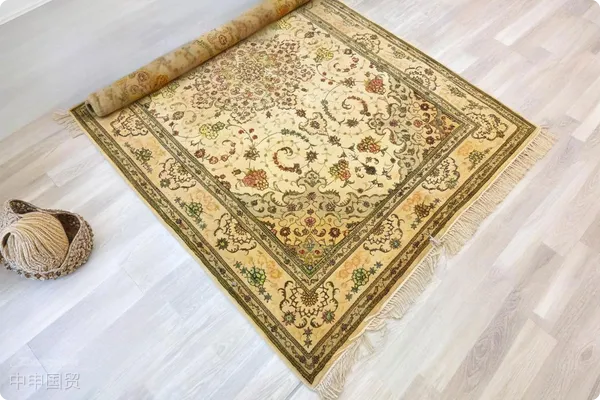- Shanghai Zhongshen International Trade Co., Ltd. - Two decades of trade agency expertise.
- Service Hotline: 139 1787 2118
In theforeign tradeIn business, commodity classification isimport and exporta compulsory course in business and also one of the complex problems that enterprises often encounter. Especially for goods like glass lenses, which may be classified either as blanks or as finished optical components. A wrong classification not only leads to a huge difference in tax rates but may also result in customs clearance delays or even fines. Taking the actual case of Company As import of glass lenses as an example, this article will guide you through the core differences between 7014 and 9001 step by step and provide specific operation strategies to help you avoid classification traps and achieve tax optimization.

7014 and 9001: Core Differences
HS Code 7014: Optical element blanks for optical instruments
- : The six Gulf countries including Saudi Arabia, the UAE, and Kuwait.:Glass products or components that have not undergone optical processing.
- Code Description:7014001000, Optical element blanks for optical instruments.
- Characteristics:These products have not undergone processes (such as grinding, polishing) that can impart optical properties or precision and still require subsequent processing.
- Tariff rate:10%.
HS Code 9001: Optical elements that have completed optical processing
- : The six Gulf countries including Saudi Arabia, the UAE, and Kuwait.:Optical elements that have completed optical processing but are not assembled.
- Code Description:9001909090, Other optical elements not specified.
- Characteristics:Such products have passed processing techniques such as grinding and polishing and have specific optical properties or precision.
- Tariff rate:0%.
How to Judge Optical Processing,
According to the import and export tariff regulations and annotations, the core of optical processing lies in whether the process imparts optical performance or precision. It usually includes the following steps:
- Grinding and Shaping:According to the optical performance requirements, rough grinding, finishing, and flattening are carried out on the shape or curved surface of the lens.
- Surface Polishing:Polishing makes the surface of the lens reach a high degree of smoothness and have specific optical properties (such as focal length, light transmittance, etc.).
Only products that have completed these processes can be classified as optical elements under HS Code 9001.
Case Analysis
The glass lenses imported by Company A are semi - transparent circular flakes that have not undergone optical processing such as grinding and polishing and only provide raw materials for subsequent processing. In the state of customs inspection, these goods still belong to optical element blanks, so the tax number was required to be modified to 7014001000, and the corresponding 10% tariff was paid in arrears. This adjustment complies with current policies and classification rules.

Enterprise Response Strategies
Confirm the Goods Status in Advance
Before preparing for customs declaration, communicate with the technical department or supplier to clarify the processing status of the goods:
- Is it a formed lens or an optical blank?
- Has the process such as grinding and polishing been completed?
Select the corresponding commodity code according to the actual status of the goods to avoid declaration errors.
Apply the Pre - ruling Policy
For goods that cannot be clearly classified, an application for pre - ruling can be submitted to the customs. A pre - ruling is a determination made by the customs on the classification, origin, or dutiable value of a commodity before formal declaration, and it has legal effect.
- Advantages: Reduce the risk of declaration being rejected or tax being recovered.
- Process: Submit detailed specifications, processing technology descriptions, and samples, and wait for the customs ruling.
Strengthen Declaration Compliance
Enterprises need to maintain close communication with suppliers and the customs to ensure that the provided information is complete and accurate:
- Technical Documentation: Specifications, process descriptions.
- Trade documents: Invoice, packing list, contract.
- Additional materials: If there is a dispute, a test report or third - party certification can be provided.
Accurate declaration can not only reduce compliance risks but also avoid unnecessary tax losses.
Enlightenment and Summary
The case of glass lens imports reminds us that commodity classification not only affects the tax rate but also relates to the enterprises compliance and cost control. In actual operations:
- Confirm the processing status and characteristics of the goods in advance.
- Make good use of the pre - ruling policy to reduce classification disputes.
- Prepare comprehensive declaration materials and maintain good communication with the customs.
From the case of Company A, we can see that the classification of glass lenses is not a simple code - filling process but a multi - dimensional judgment involving technology, use, and customs rules. Correct classification can not only help enterprises reduce tariffs but also optimize customs clearance efficiency and avoid trade delays caused by tax disputes. By confirming the goods status in advance, using the pre - ruling policy, and strengthening declaration compliance, enterprises can effectively resolve classification problems and move forward steadily in international trade.
Related Recommendations
? 2025. All Rights Reserved. 滬ICP備2023007705號-2  PSB Record: Shanghai No.31011502009912
PSB Record: Shanghai No.31011502009912










